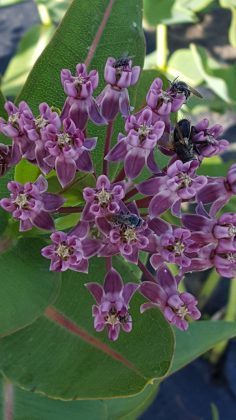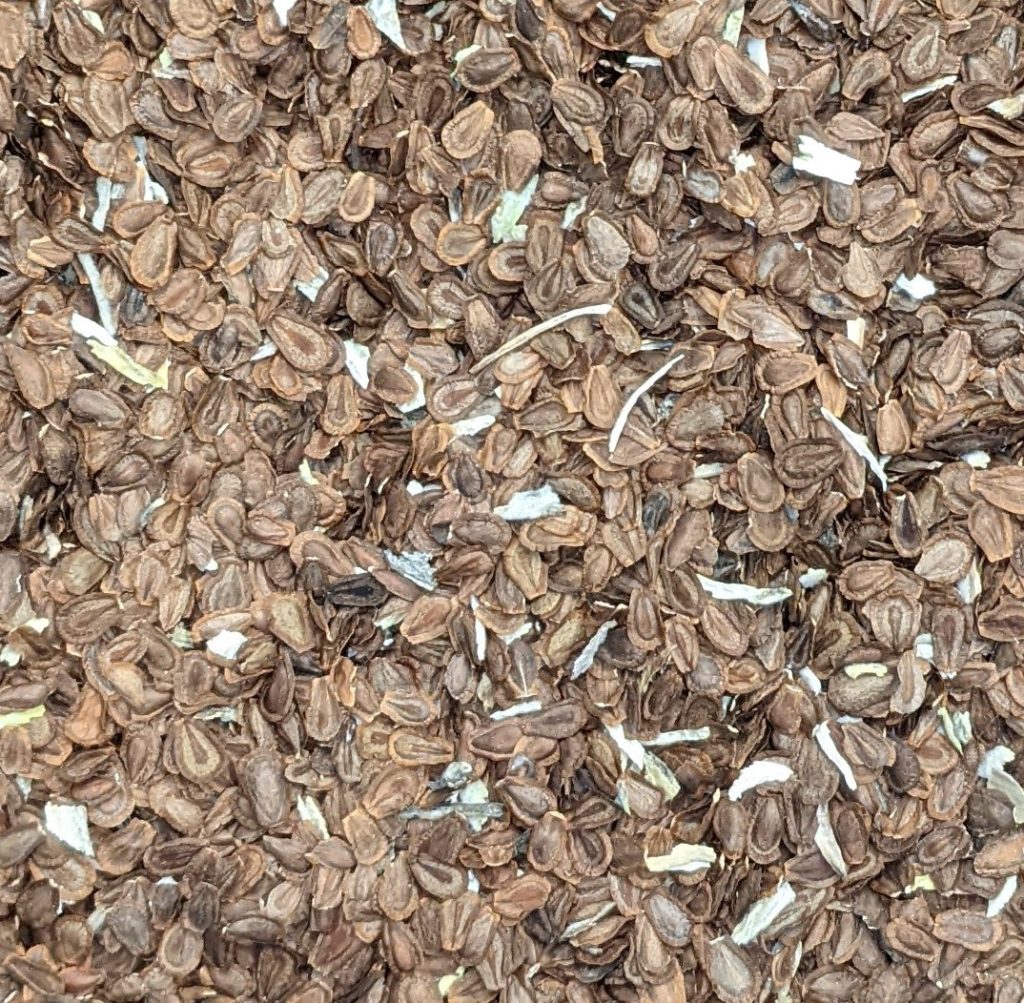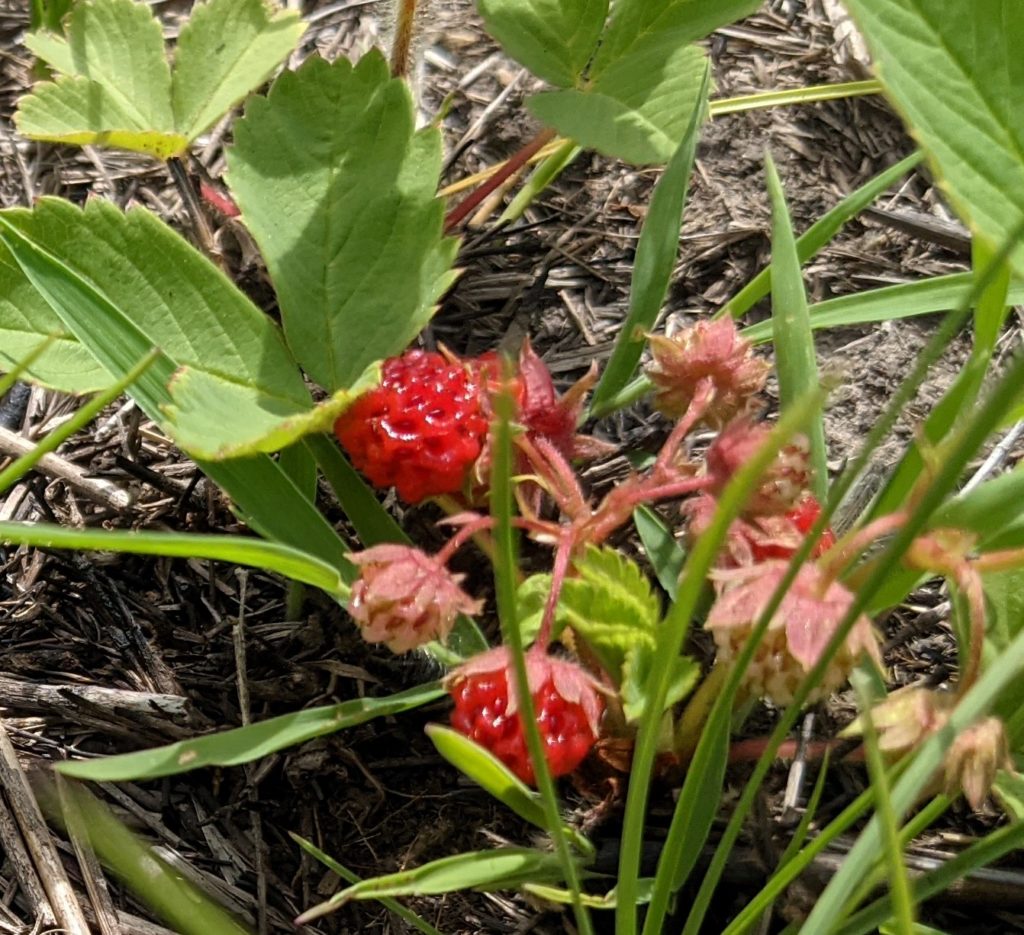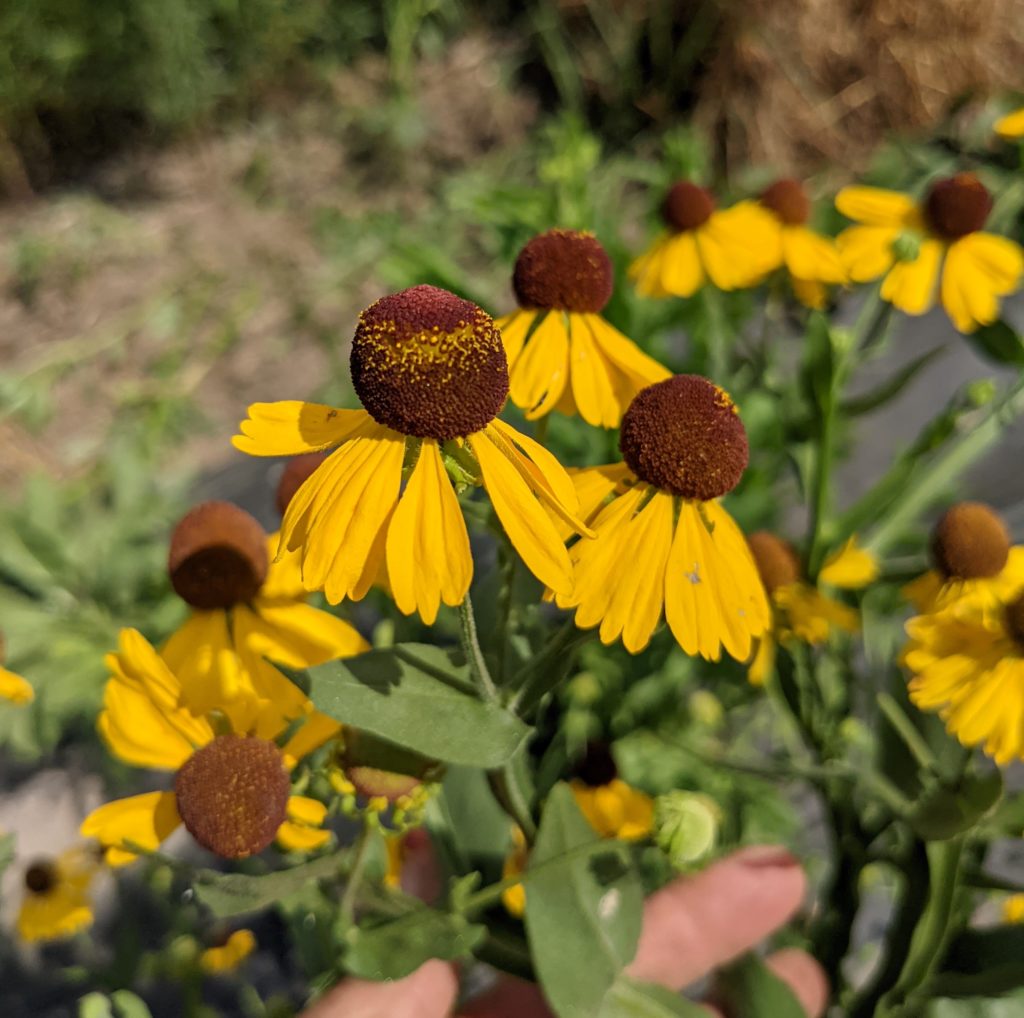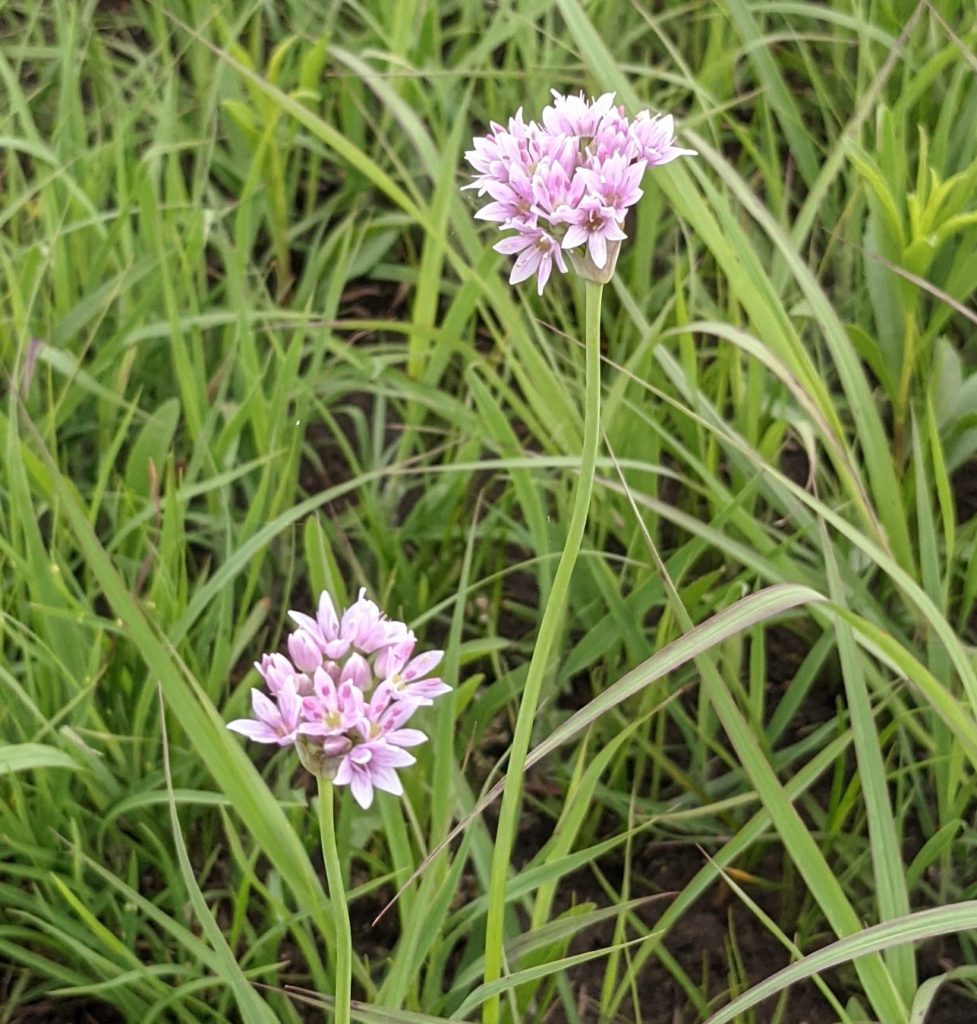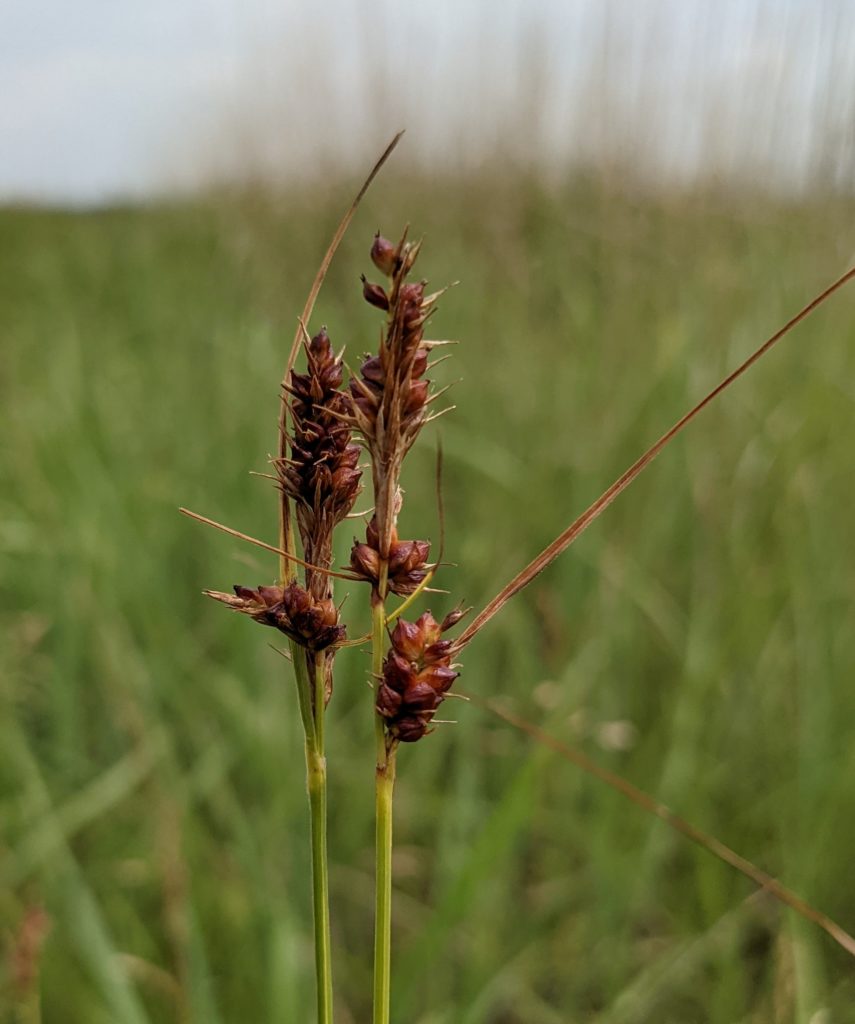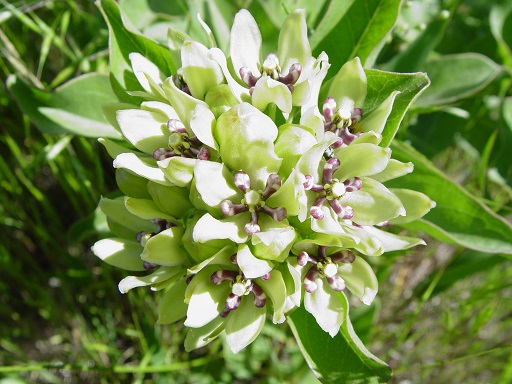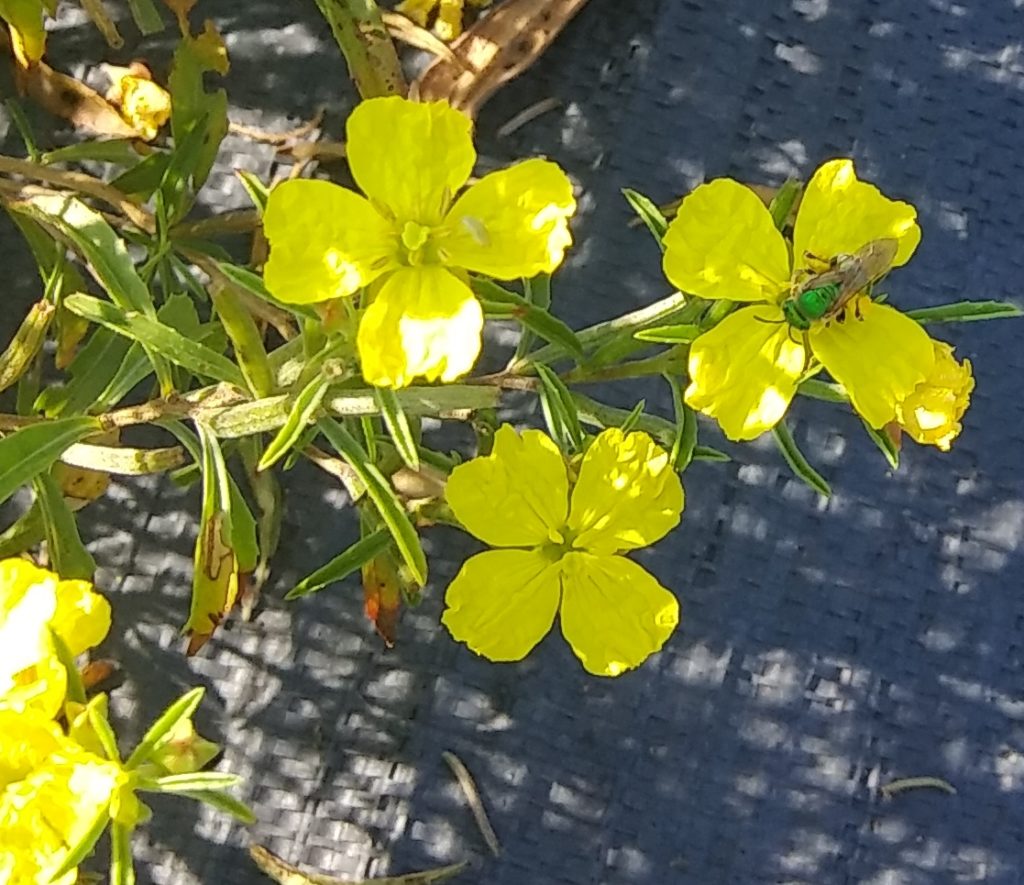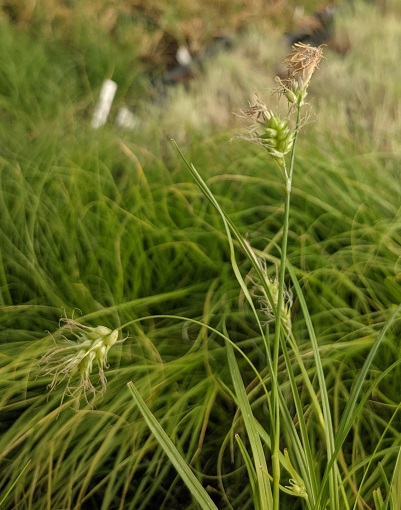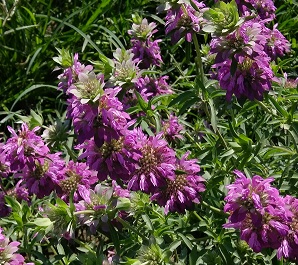When purchasing seed, a seed mix, or plants, do not assume that all the plant species are native to your area because it says so on the package or because the person at the feed store or the landscaper said they are.
Sign up for Our Newsletter
Signup for our newsletter to get notified
about sales and new products.
